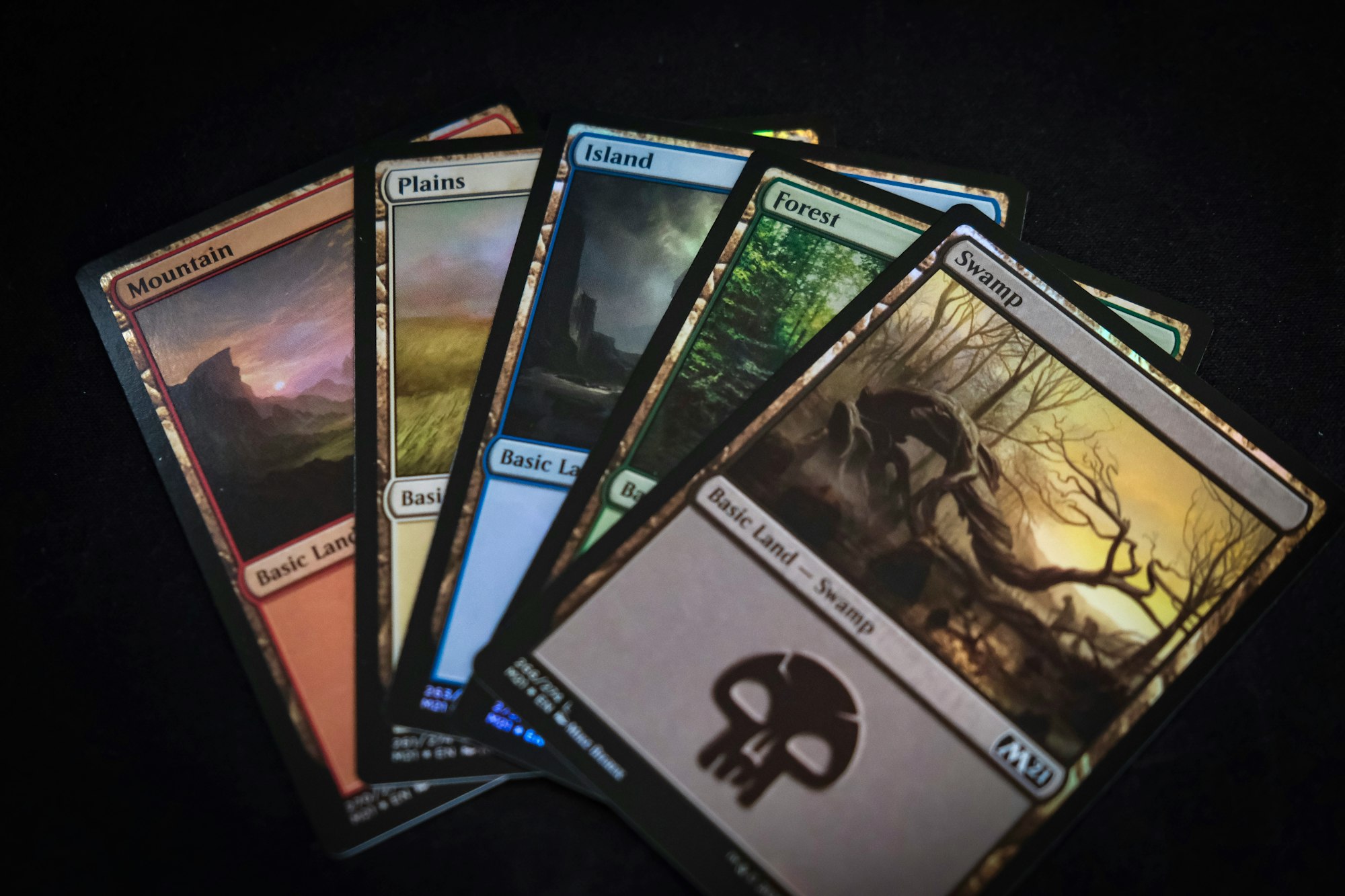Created by Richard Garfield, Magic: The Gathering is a trading card game that was first published in 1993 and leaned heavily on traditional fantasy elements. You can just feel the Dungeons & Dragons influence here, which Garfield does credit (Wizards of the Coast would later acquire the brand). In the game, typically using a deck of 60 or more trading cards, players take on the role of combat wizards and square off against each other using the spells, artifacts, and creatures featured on those cards to combat opponents. Still in production and actively played today, it is estimated that there are over twenty million players and more than 13,500 cards to collect as of 2015 with an annual revenue of 250 million being generated by the game.
I was a collector in the early days and recently sold my cards for a wonderful windfall of cash. When I sat down to pen this article, researching Magic: The Gathering cards in more detail, my goal was to put together a list of the most expensive cards from the game organized 20 to 1. What I found as I dug into the market was a niche of card collecting that had a number of ways in which you could build a traditional "top 20" styled list and there was a lot to consider in refining a list. I quickly found the nuances of collecting and value here to be as interesting as any list I could build. In the end, I chose to build a step-by-step guide into the world of Magic: The Gathering (aka MTG) card valuation, and give you, the reader, the tools to look at your collection and build your own list.
Step 1. Consider the Power 9
First up in any valuation and list building for MTG, you're going to have to make a call on how you handle the "Power 9". This is a set of nine cards that originated in the very earliest days of the game within the Alpha, Beta, and Unlimited sets. In most cases, these blow the other cards out of the top nine spots in terms of value and they are the rarest of the rare. These include the much talked about Black Lotus (the most valuable card) plus Ancestral Recall, Time Walk, Timetwister, and the five Mox cards (Mox Pearl, Mox Sapphire, Mox Jet, Mox Ruby, and Mox Emerald).
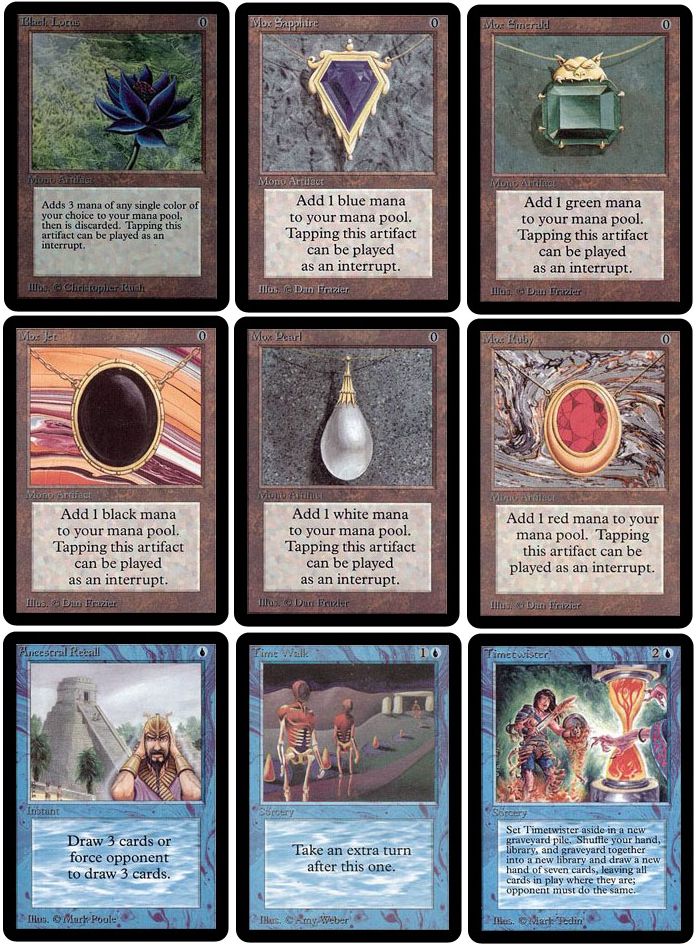
Most people exclude these from their value lists as they are so well known that they form the core nine of any standard top ten list. Serving this list up is simply referred to in the community as "sharing another Power 9 List", and it's honestly seen as not all that creative. Unlike the list of rarest Pokemon cards I shared, there is more stability to what everyone refers to as the most valuable when it comes to MTG (with some exceptions, which I’ll detail below).
If you are a tournament player, knowing your Power 9 is also important because these cards are restricted in Vintage tournaments and banned in Legacy and Commander (the single exception being Timetwister in Commander format). That said, very little can beat opening a pack and finding these in the early days as the lore of their power had spread quickly among players. More recently, nothing beat this individual who found the rare Black Lotus unexpectedly and, even better, the moment was caught on video (at roughly the 8-minute mark). Well worth a watch.
Just for the sake of being complete here, the Tropical Island card (also found in that video above) rounds out most top 10 lists but is not considered part of the Power 9.
Step 2. Choose Which Languages To Cover
Want to add a fun wrinkle to this MTG valuation mix? Consider that Magic: The Gathering currently has cards out there published in English, Simplified Chinese, Traditional Chinese, French, German, Italian, Korean, Japanese, Portuguese, Russian, and Spanish. When you are looking at the value of Magic cards, there is a difference when it comes to the language on the card.
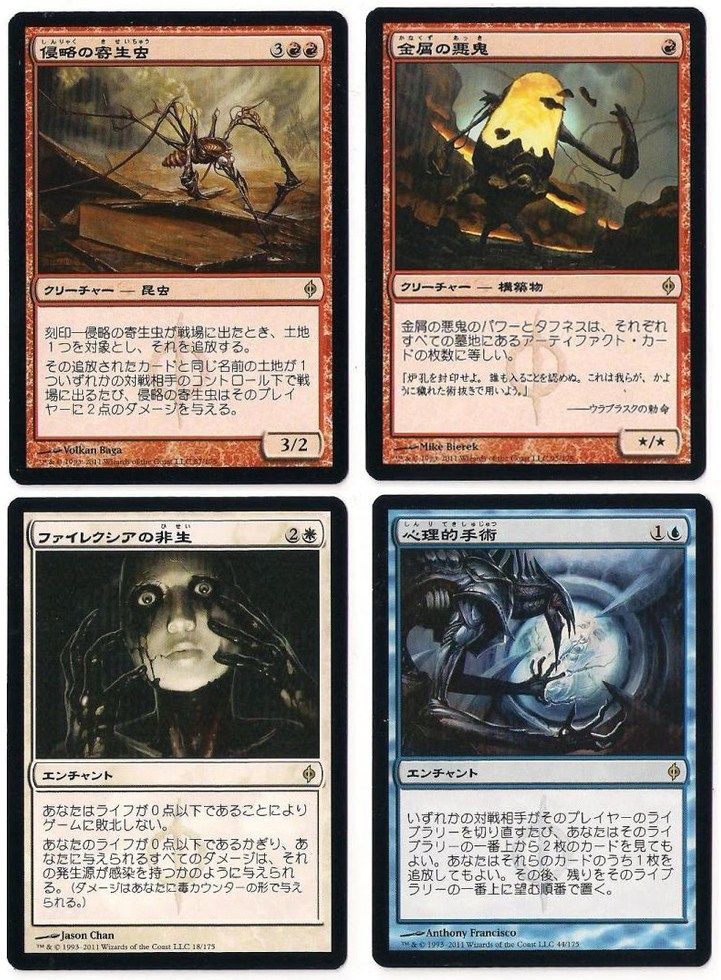
If you consider English the baseline language and home of Magic, the rest of the world divides into fairly dependable tiers of value. Tier one would be European languages like French, Italian, or Spanish, which hold a value very close to the English version with German cards being just a touch higher. The price climbs a bit when you move into non-Roman alphabet languages like Chinese, Japanese, Korean, and Russian. In ascending order you would walk through Japanese, then Chinese, then Korean and Russian in terms of scarcity and value for US collectors. For a very solid and highly detailed look at this aspect of MTG collecting, I recommend this fantastic article by Guo Heng Chin.
Step 3. Do you include Alpha/Beta/Unlimited sets?
These sets take collectors back to the earliest years of MTG. Premiering at Origins '93, the first generation of cards went public on August 5th and are referred to as the "Alpha" set, which contained 295 different cards. This set had a print run of 2.6 million cards. After some corrections, the more heavily distributed "Beta" set featured 302 different cards with a 7.3 million card print run. Both the Alpha and Beta sets had black borders which distinguish them from later printings. Combined, these initial 10 million cards sold out very quickly. By December of 1993 the Unlimited Edition was released, which reprinted the 302 Beta cards, only this time with a white border.
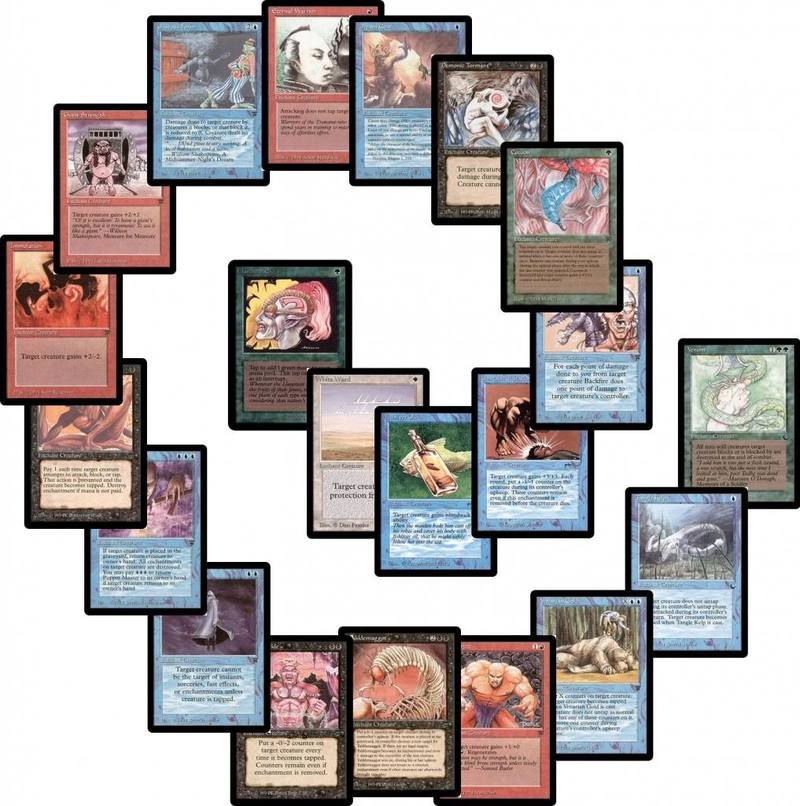
When building a list of the most expensive, you have to refine your discussion to either include or exclude these three sets, as you would never make it to a consideration of the expansions or later traded cards without excluding these. The Alphas clearly dominate any list that includes them.
Step 4. Do you open the door to misprints and oddities?
We're all human and we all make mistakes, especially when it comes to printing. The lore and rumors surrounding the topic are a rabbit hole you can climb down and dig as deep as you like. Most lists I see tend to exclude these cards and determining a final value really comes down to what other collectors are willing to pay for the difference represented.
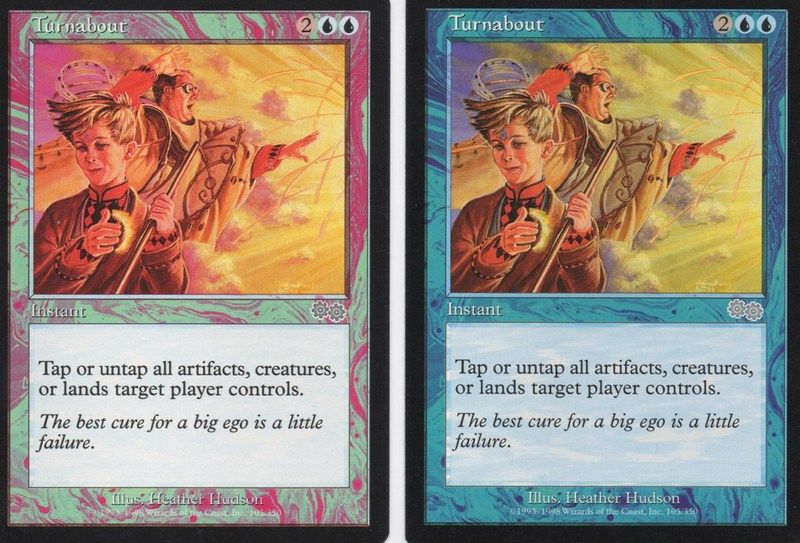
MTG oddities often result from mistakes, miscuts, misprints, and test prints. Highly sought after in the market, most of these variants occur due to editorial or event mechanical failure during design or printing. Often almost un-noticeable without close inspection, these mistakes often push up the value in this market. If you are at all intrigued by the world of misprint and odd MTG cards, I invite you to check out this wonderful little Reddit discussion where a long time misprint collector took all questions posed to him for a time. It’s loaded with interesting anecdotes regarding this aspect of MTG cards.
Step 5. Where do graded cards fit into all of this?
Grading collectibles is an interesting topic that actually deserves its own article. The idea of protecting something originally meant to be used and enjoyed (be it reading a comic book or, here, playing a game with a trading card) can lead to different opinions when it comes to fan reactions to the concept of grading. It’s fine to encase a trading card in plastic and get a standardized look at the condition under the watchful eye of an expert, but at that point, you are taking the item off the table as a playable card. It's simply a collectible at that point.
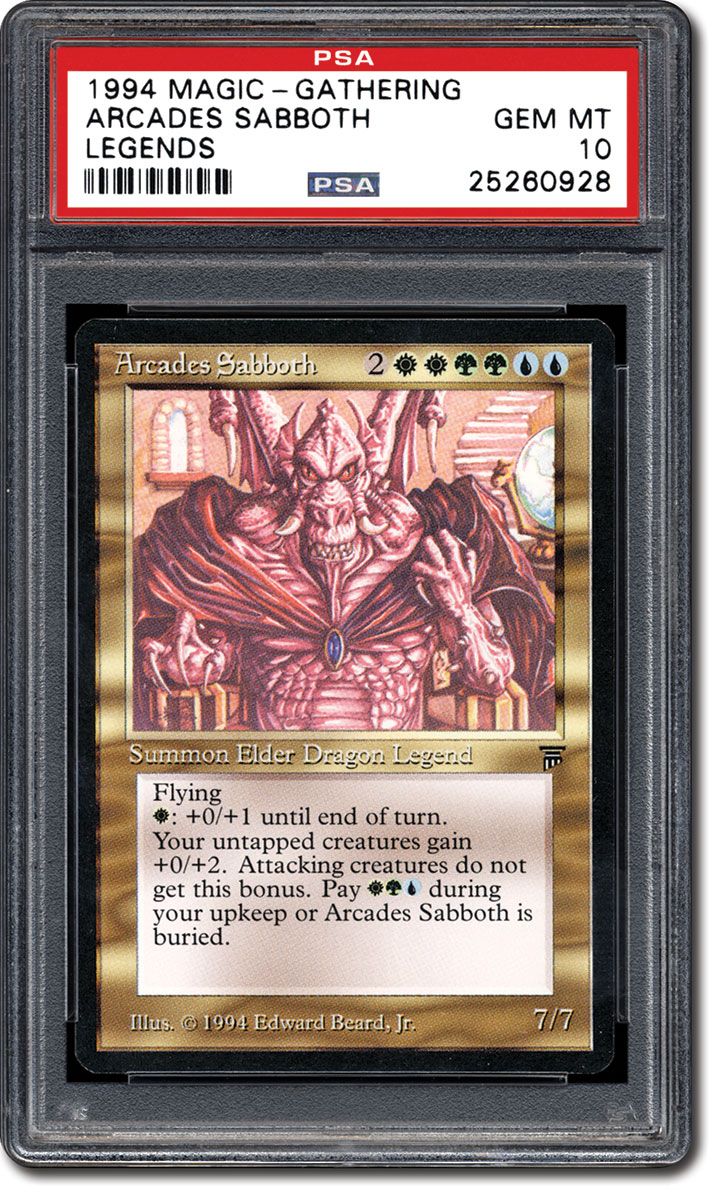
Grading, as with any form of collectible culture, does increase the value of the card. A good rule of thumb across card collecting markets would be to expect roughly 30 to 40% increased value for identical cards. That said, remember that grading services take a fee which cuts into that profit margin. If you are a collector, graded cards certainly are a point of consideration when it comes to increasing the punch of your personal collection. Were I looking at it from building a top 20 list, I would exclude this from consideration as the grading increase holds pretty level across the harder to find cards. They're always going to be worth a bit more when graded, but it wouldn't substantively alter the order of your value list.
Step 6. Know where to find your values!
In the end, whether you're looking to sell some cards or just enjoying Magic: The Gathering as a collector, you will ultimately find yourself with a stack of cards sitting in front of you wondering what they are worth. It can be daunting to determine values in a changing market, so it quickly becomes time to call in the professionals.
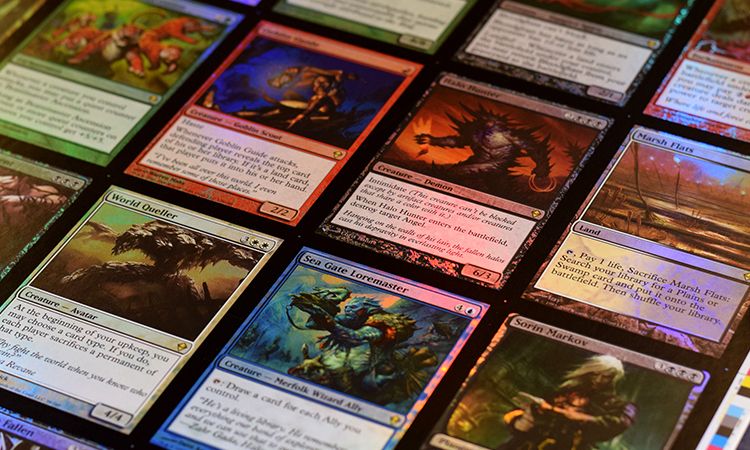
In the early days InQuest Gamer (1995 to 2007), The Duelest (1993 to 1999), and Scrye (1994 to 2009) were the magazines of choice, but prices have certainly evolved since the last of those saw print. If you are willing to pay for the service, Beckett has been an industry standard for trading card valuation (well beyond just MTG) for generations.
For me, I would probably look at the current sales prices across a mix of websites and comparison shop to get the most accurate value of my Magic: The Gathering cards. Here's a list of seven sites that are fairly respected and can get you started. Check out Metamox, MTG Goldfish, Quiet Speculation, MTG Price, MTG Scavenger, MTG Stocks, and StarCityGames to begin your quest.
Happy deck building (or selling)!
